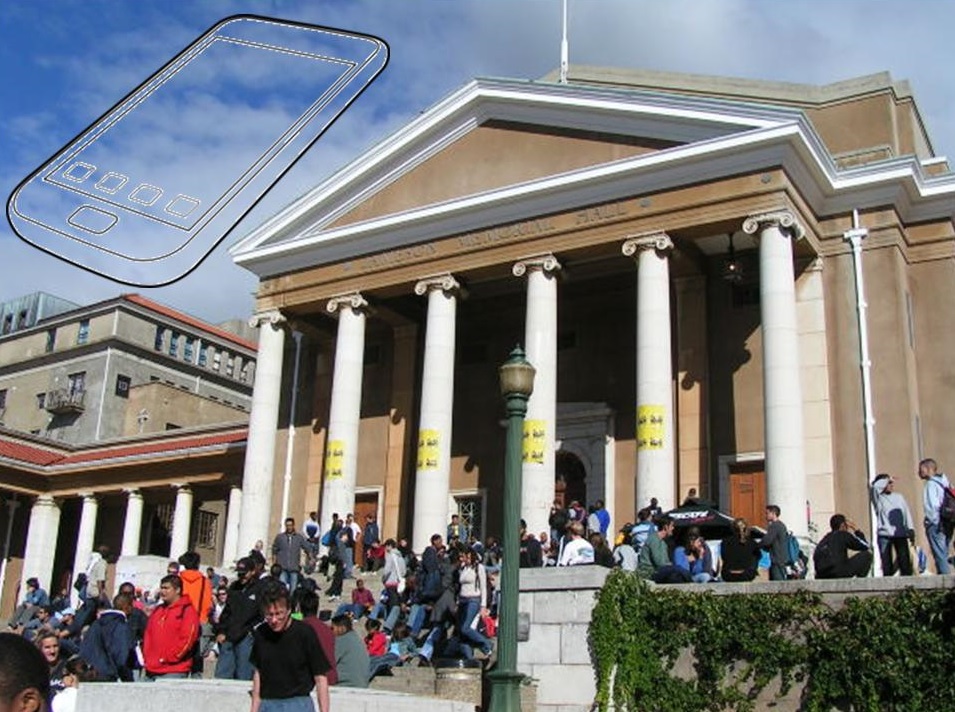Institutions of higher education are becoming some of the most common early adopters of the channel.
Mobile marketing technology has a great deal to offer its users, but has still been surprisingly slow in its uptake – when compared with predictions – except among certain very specific early adopters, including universities.
This has surprised many because these institutions are inherently traditional in the majority of their procedures.
The fact is, however, that it is these traditional universities that are leading the way when it comes to mobile marketing. These institutions are working to take advantage of some of the many benefits that this channel has to offer, for example, being able to reach consumers no matter where they happen to be, in real time, as well as obtaining data rich profiles of the individuals and their buying habits.
These mobile marketing benefits provide users with the ability to conduct highly useful analyses of their campaigns.
 The result is that they can make sure that their future mobile marketing campaigns will become increasingly targeted and, therefore, likely more effective, as well. Throughout the economic slump and slow recovery, sales have been very low. However, by using the right advertising techniques, companies have been able to experience better performance.
The result is that they can make sure that their future mobile marketing campaigns will become increasingly targeted and, therefore, likely more effective, as well. Throughout the economic slump and slow recovery, sales have been very low. However, by using the right advertising techniques, companies have been able to experience better performance.
This has been especially true among those that have been using mobile marketing and other smartphone and tablet friendly techniques, as it has allowed them to rise above the competition in terms of interactions with consumers.
Still, many retailers have hesitated to embrace mobile marketing. It could be that they are waiting for NFC technology to take off, as has been promised for some time, or they may be waiting for the penetration of smartphones and tablets to be greater among their customers.
However, what some retailers are discovering, as are universities and colleges, is that there is no need to wait. In order to take advantage of what mobile marketing has to offer, the time is now, rather than later, as the competition is at its lowest, meaning that there is the highest potential for actually attracting the attention of the consumer, which could then lead to a conversion.

